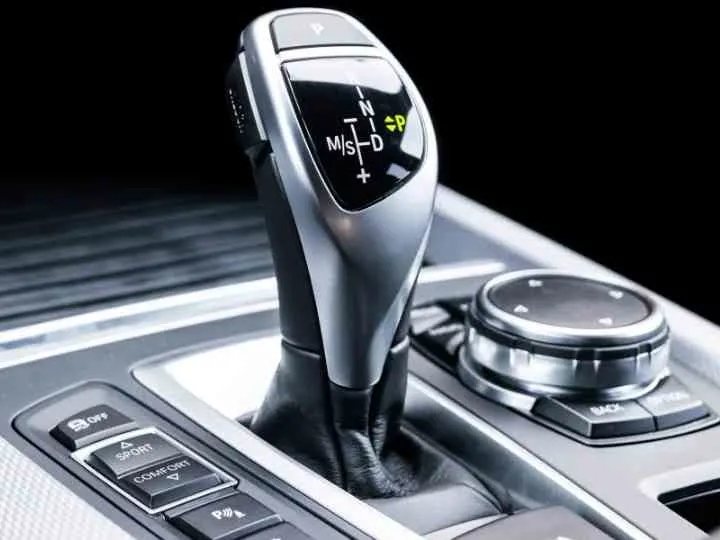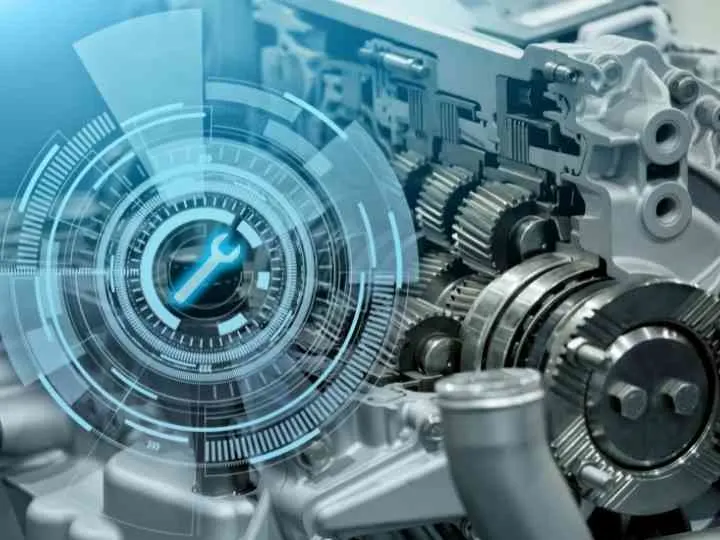Before automatic transmissions became common on standard passenger cars, all cars were manual shifts.
The automatic transmission made life easy for drivers because all you had to do was press on the pedal and go.
The vehicle would do everything for you!
Despite this convenience, there are still some diehard fans out there who love manual transmissions, and one of the most common questions is whether a manual transmission is faster than an automatic one.
Automatic transmissions are faster than manual transmissions in a straight line comparison because they can shift faster than a human. However, these same benefits do not necessarily provide more control over a vehicle where the manual management of gears can offer superior performance, as seen in formula racing.
With that quick answer in mind, let’s delve deep into this topic of whether or not a manual transmission is faster than an automatic.
History of Automatic Transmissions
Some argue as to what could be considered the first true automatic transmission.
The first patent for an automatic transmission was granted to Alfred Homer Monro of Regina, Canada, in 1923.
The first hydraulic automatic transmission began to appear in 1939 but did not become popular until the early 1960s.
They were first used on military vehicles.
Now, cars with automatic transmissions use advanced electronics to choose the gear and shift quickly.
Automatic transmission has many advantages over manual shifts.
The first is that you do not have to operate the clutch and worry about mis-shifting or forgetting to shift at the right time.
Are Manual Transmissions More Efficient?
In the days of the early automatic transmissions, manual transmissions were more fuel-efficient, but the same cannot be said today.
Now, electronic sensors measure parameters that the driver does not have access to.
New Continuously Variable Transmissions (CVTs) are highly efficient when it comes to gas mileage.
In the early days of the automatic transmission, higher fuel consumption was caused by the viscosity of the transmission fluid and pumping losses that occurred in the torque converter and hydraulic actuators.
These engineering issues have been resolved, and now new automatic transmissions can be even more fuel-efficient than the same model with a manual transmission.

What About Acceleration and Speed?
Over the years, the manual transmission has lost the fight over fuel efficiency, but the fun of owning a manual transmission is speed, or at least that is a common idea that many people have.
When automatic transmissions became more common, the general market of auto consumers moved away from them which caused many makers to phase out manual transmissions.
Manual transmissions still found a solid market in high-end vehicles and certain sports cars.
When it comes to the standard passenger car, manual transmissions can feel sluggish on the takeoff, especially when going up hills or when the car is under heavy load.
In passenger cars, modern automatic transmissions outperform manual ones in speed and gear management.
Modern automatic transmissions can shift quicker than the human nervous system even has a chance to respond.
One of the reasons why people may think that manual transmissions have better acceleration and go faster than automatic ones is that they are now almost exclusively found on performance sports cars.
It might be hard for manual transmission fans to take, but as of 2022, Aston Martin has announced that it will be phasing them out.
Ferrari has not made a car with a manual transmission since 2014!
If auto manufacturers like these are phasing out manual transmissions in favor of newer automatic ones, you have to ask if manual transmissions still have an advantage when it comes to speed and performance.
Can You Still Find a Manual Transmission Car?

Here are a few other manufacturers who have traded in the manual transmission for an automatic.
This list is the final models offered by these manufacturers with a manual transmission.
- 2014 Lamborghini Gallardo
- 2015 Audi R8
- 2006 Porsche Carrera GT
- 1998 McLaren F1
- 2010 Lamborghini Murcielago
- 2012 Porsche 997.2 911 Turbo
- 2012 Ferrari California
For diehard manual transmission fans who still want the tactile feel of shifting gears, you can still find a few around in 2022.
Here are a few models that still have a manual transmission.
- 2022 BMW M3 and M4
- 2022 Chevrolet Spark
- 2022 Cadillac CT4-V Blackwing
- 2022 Chevrolet Camaro
- 2022 Dodge Challenger
- 2022 Ford Mustang
- 2022 Honda Civic
- 2022 Hyundai Veloster N
- 2022 Jeep Wrangler
- 2022 Nissan Versa
- 2022 Subaru Crosstrek
- 2022 Toyota Corolla
- 2022 Toyota Tacoma
As you can see, there are still quite a few manual transmissions around, and not all of them are sports cars.
According to Motortrend, in 2022, only 33 cars are still available with a manual transmission out of all the manufacturers in the United States.
Manual transmissions are becoming a rare find, and with even more advances, such as traction control systems and sensor-driven electronics, it can be expected that the manual transmission will become a thing of the past one day.
This is especially true as autonomous cars become more prevalent.
This might be said news for manual-shift fans, so you might want to get your hands on one while they are still around.
Performance cars that have dropped manual transmissions rose in price astronomically for collectors who had older manual shift models.
Someday, your manual transmission car might become a valuable collectible!
